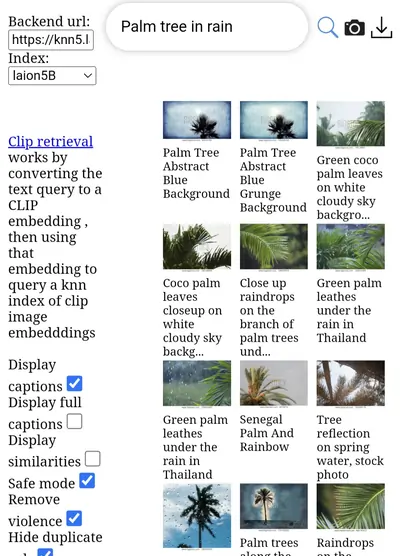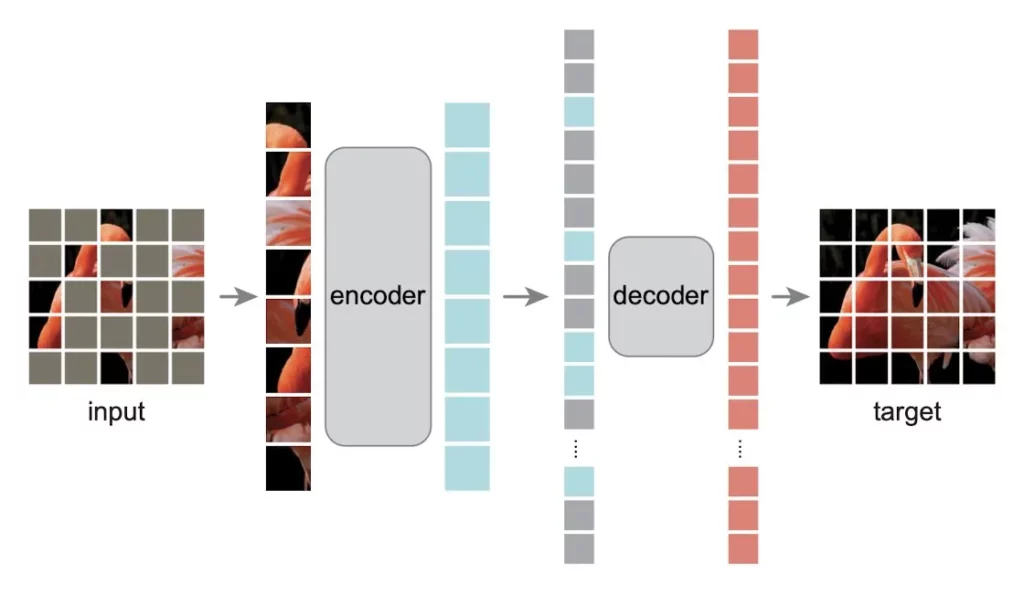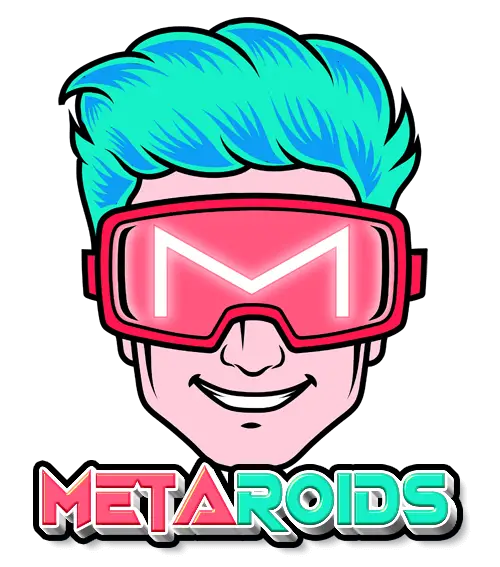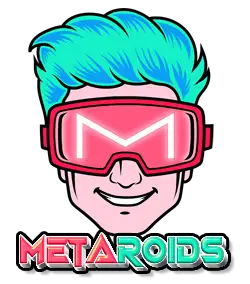Keep your head up, artists, the end isn’t here yet. A new AI tool called Masked Auto Encoders (MAE) could finally solve the ongoing issue of copyright infringement in the world of digital art.
If you’re not familiar with AI art, it’s essentially artwork that is created by AI software, such as Dall-E 2, Midjourney, or Stable Diffusion.
AI art is generated using vast datasets of images, such as LAION 5b. While it’s an exciting new frontier for artists and other creatives, it’s also been plagued by copyright infringements en masse. Why? These AI models often utilize images and artworks without consent from the original creators.
Del, a senior character artist at Naughty Dog, recently shared a post discussing this issue and the potential solution of MAE.
Copyright Violations of AI Art

LAION 5b is a dataset of image-text pairs with over 5 billion samples, including images and texts in a variety of languages and contexts. It was created as an open-source project to gather and label images across the web for research purposes and was released to the public in March 2022. However, the dataset contains a significant amount of copyrighted, offensive, and inappropriate images that were not properly filtered before release.
This has led to AI prompt websites using LAION 5b and similar models, such as OpenAI’s CLIP (Contrastive Language-Image Pre-training), to generate new artworks derived from copyrighted material and profit from their usage. Apparently, there is no way to properly compensate the original creators whose images were used. Large corporations like Disney and their IPs have also had their copyrighted material used without permission.
As you can imagine, this has caused a lot of frustration and outrage among artists, who have no choice but to vent their frustrations on social media. According to Del, their works are being exploited and they feel powerless about it.
But wait, why can’t we just pressure companies like OpenAI to concede to eliminating all copyrighted images from their datasets? We could. In fact, Stable Diffusion V2 has started removing several artist references, celebrity faces, etc. Two problems seem to arise:
- If you remove too many images from the dataset, the generated results become poorer (like in SB v2).
- Techie users can manually add them back anyway, rendering the whole exercise ineffective.
We need a REAL long-term solution. That’s where MAE comes in.
How Masked Auto Encoders Could Fight AI Art Plagiarism

MAEs are a self-supervised learning system for computer vision that hides random patches of an input image and then reconstructs the missing pixels. This enables the model to learn to recognize various visual concepts and associate them with their names, allowing them to be applied to a wide range of tasks and classify unseen object categories.
So, what does this mean for AI art?
By using MAEs, AI art models can learn to decipher and understand what they’re looking at, rather than relying on the labels and contexts provided by datasets like LAION 5b. This not only reduces the risk of copyright infringement but also allows for more accurate and varied results in the generated images.
The hot topic of AI-generated art today centers around whether training AI models counts as true plagiarism or not. Some argue that it is similar to how human artists learn from those that came before them, while others argue that AI learning lacks the personal expression, emotion, and authenticity of humans as they undergo different stages of their lives.
MAE, in theory, could teach these machines to learn art far more closely to humans than CLIP ever could. It could allow users to create original and unique artworks that aren’t limited by the constraints and biases of existing datasets, while also respecting the intellectual property and rights of original artists. It’s a win-win situation!
There is nothing wrong with machine learning, per se. But the way it learns about art could be improved and made more human-like.
Of course, it’s important to note that the development and implementation of MAE in AI art are still in their early stages. So far, OpenAI hasn’t announced its plans to use the technology yet.
But overall, the use of MAEs in AI art offers a promising solution to the issue of copyright infringement and exploitation of artists’ works. So let’s raise a glass to the power of MAEs and the exciting future of AI art!
Join our newsletter as we build a community of AI and web3 pioneers.
The next 3-5 years is when new industry titans will emerge, and we want you to be one of them.
Benefits include:
- Receive updates on the most significant trends
- Receive crucial insights that will help you stay ahead in the tech world
- The chance to be part of our OG community, which will have exclusive membership perks



